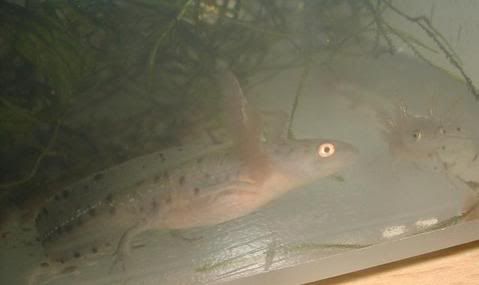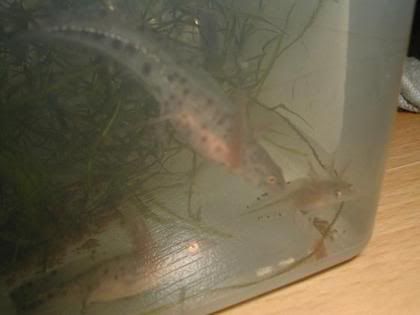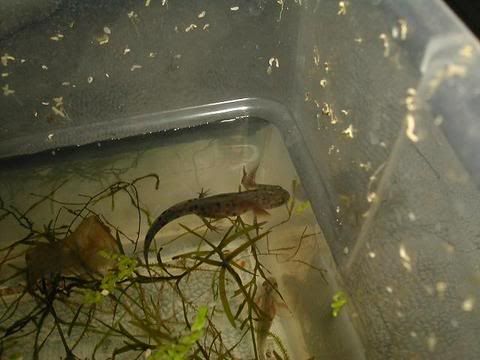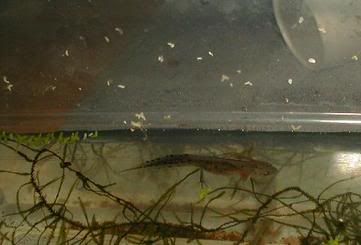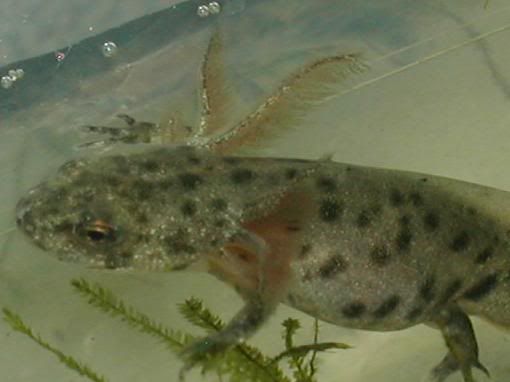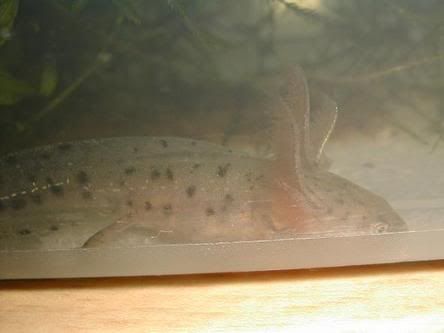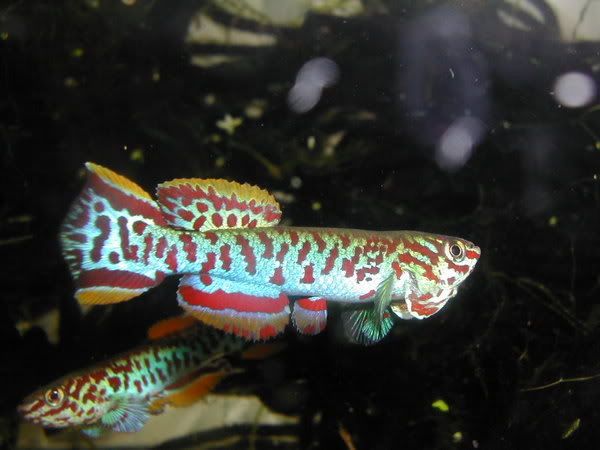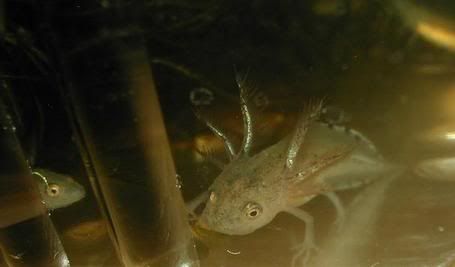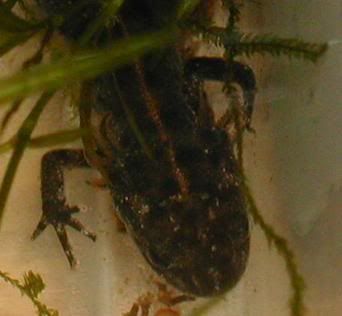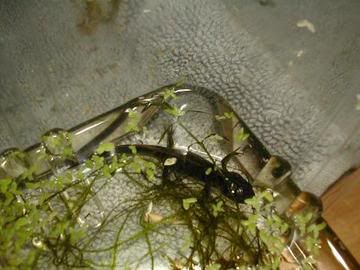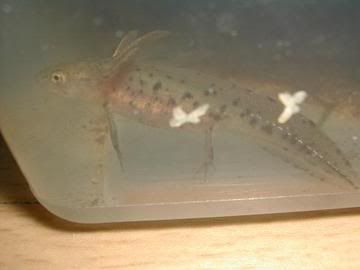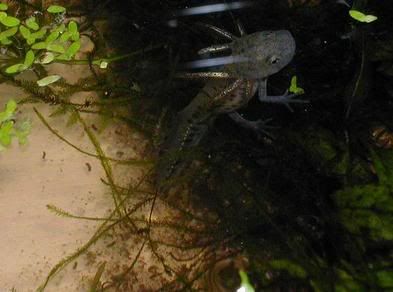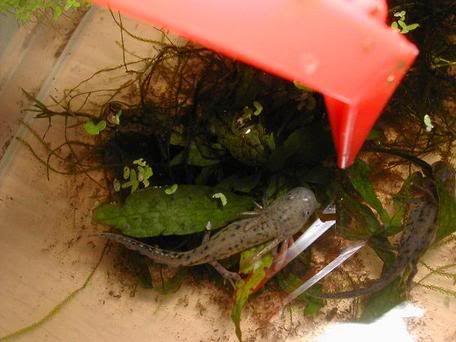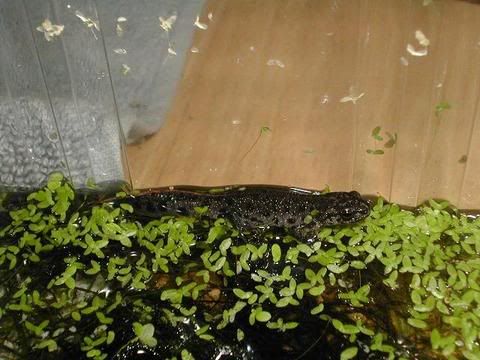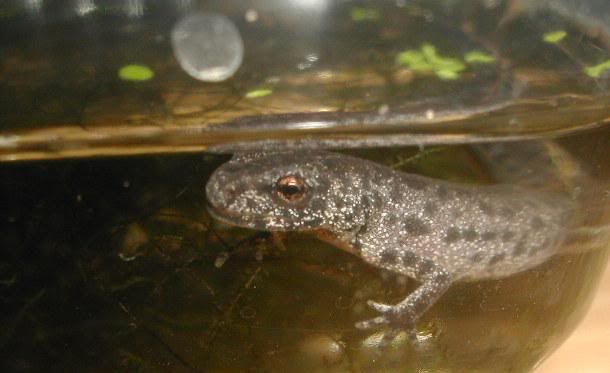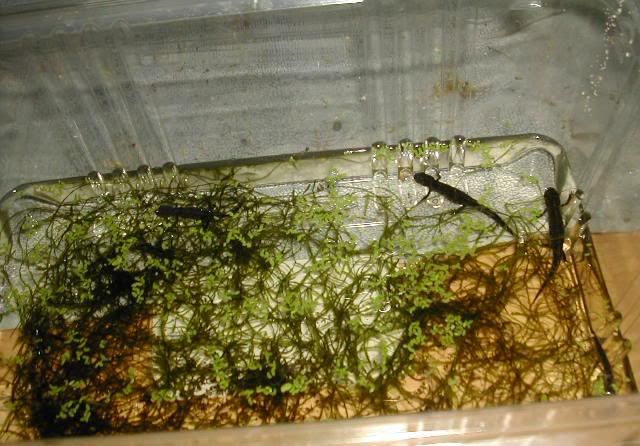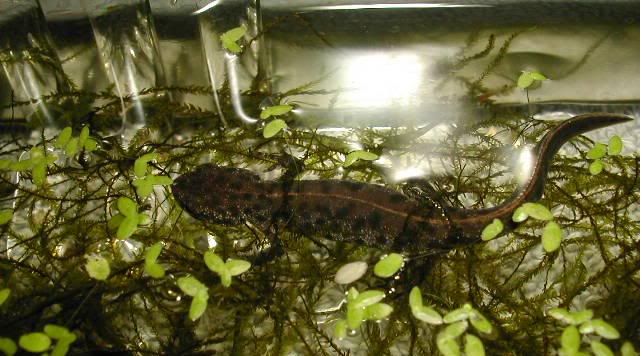As far as I know hellbenders and the Asian giants as well as amphiumas are considered paedomorphic; at least that is what I have been taught by a salamander academic.
I imagine the classification of Cryptobranchids and amphiumas as obligate paedomorphs is based upon other characteristics of their anatomy besides gill structures. Both Cryptobranchids and amphiumas possess a lateral line system. The lateral line system is present in larva, however, I believe it is lacking in all non-paedomorphic salamanders. The retention of this trait, while being a large advantage due to the habitats in which these salamanders occur, is the retention of a larval characteristic; the definition of paedomorphism. I'm sure there are other traits that qualify these salamanders as obligate paedomorphs.
As for the gills, I believe those of the Cryptobranchids are in fact vestigial or perhaps no longer functional at all. Amphiumas, however, posses a pair of functional internal gills.
I should also mention that sirens are also considered paedomorphs.
